It can be very exciting for you to see your child learning to write, but also very challenging to guide him or her to be ready for proper writing in time to come. Typical handwriting activities which occur during the preschool years (sometimes called pre-writing) lay the foundation for your child’s ability to write in the future.
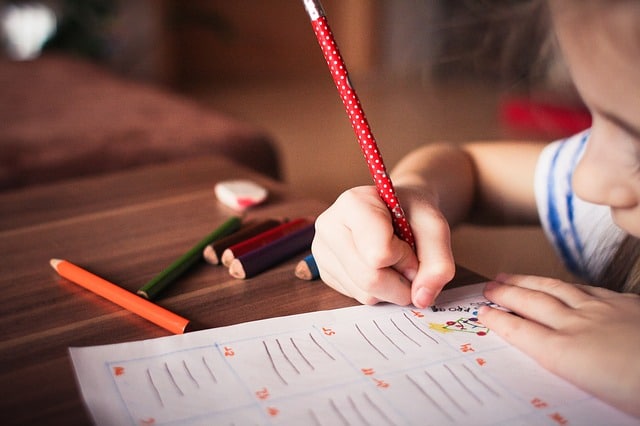
Scribbles and doodles
At pre-nursery or nursery level, most toddlers scribble or doodle large circular shapes when handed a crayon, pen or pencil. Shapes are generally attempted before any letters start to appear. Children at this stage (2-4 years) tend to naturally use a palmer grasp (where the pencil is in the middle of the palm) as this feels the most stable for their hand muscles, and gives them greater control of the writing instrument. This is developmentally appropriate and should be of no concern.
Providing your child with the opportunity to write or draw on vertical or inclined surfaces will help him become more skillful in using the appropriate finger muscles for the next stage of writing.
Quick Tip: You can consider investing in a simple easel for him or her to practice her writing and drawing on (available from Ikea or Toys’R’Us).
Writing on…
Once they start going to school and learning how to write letters and numbers, it is important to coach your child in switching from the palmer grasp to a dynamic tripod grasp. This involves the clasping of the pencil using the thumb, index finger and middle finger, with the ring finger and pinkie supporting the middle finger. Holding the pencil in this way allows for better control in writing, but may not come naturally to all children. Most children typically switch to this type of grasp between the age of 28-39 months.
You can help your child adapt to this new style of writing by modelling and reinforcing the proper pencil grip for them. Physically guide your child as he writes by helping him hold the pencil correctly, with your hand over his. Gradually ease yourself away as he begins to ‘get it’.
Provide your child with a range of writing options, such as colour pencils, crayons, markers and chalk, so that he can experiment with the best way of holding each instrument. In general, thicker and shorter pens or pencils may be easier to control than the regular sized ones that adults use. Pencil grips are another way of teaching your child to use the tripod grasp, and can be bought from most major stationary stores like Popular.
Quick Tip: Give him plenty of opportunity to practice his pincer hold. Activities, like picking up and/or transferring small items (beans, macaroni, raisins, marbles etc) or playing with clothes pegs, can strengthen his hand muscles. Playing with playdough may also help your child develop better finger control.
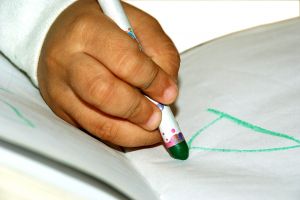
Is there a right way to write?
Do look out for some of these indicators of a wrong grip. The index finger should be resting comfortably on top of the pencil, and the wrist should not be contorted in any way. If your child holds the pencil with white knuckles or frequently breaks the pencil tip of tears the paper, it’s likely that his grip is too tight, and he needs to relax. It could also be a sign that his general writing posture is tensed and unbalanced.
Quick Tip: Remember that, while it’s important to guide your child in his writing practice and foster good habits, you should never push him or her to switch his hold if he’s not ready.
A child that loves to write and draw will eventually make the switch when he’s ready, so don’t kill his enjoyment prematurely. Write away!
By Dorothea Chow.
Like what you see here? Get parenting tips and stories straight to your inbox! Join our mailing list here.
Want to be heard 👂 and seen 👀 by over 100,000 parents in Singapore? We can help! Leave your contact here and we’ll be in touch.




































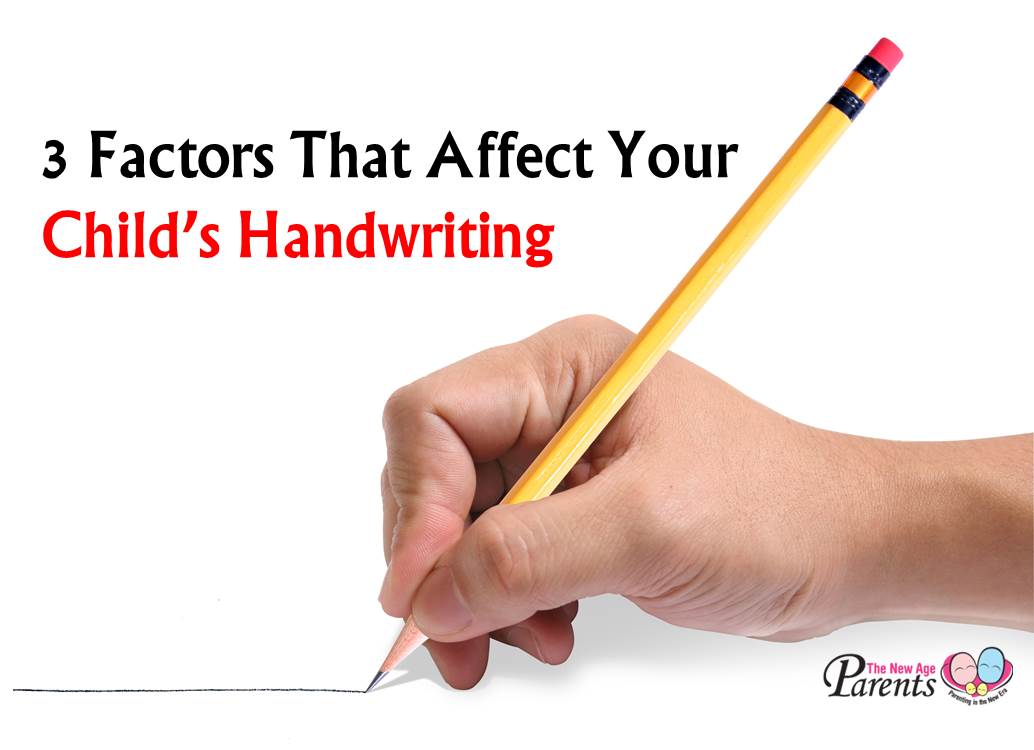
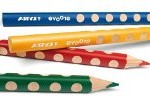
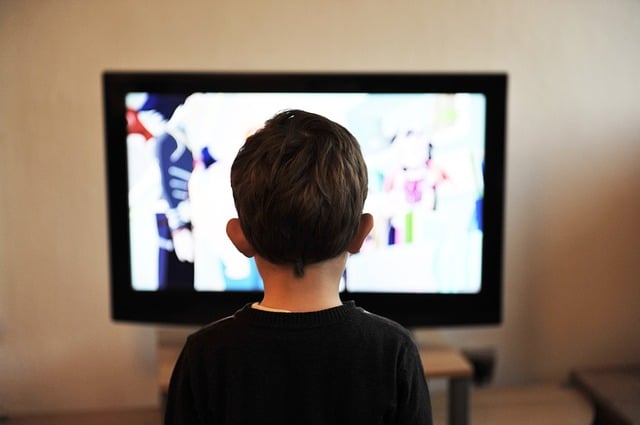

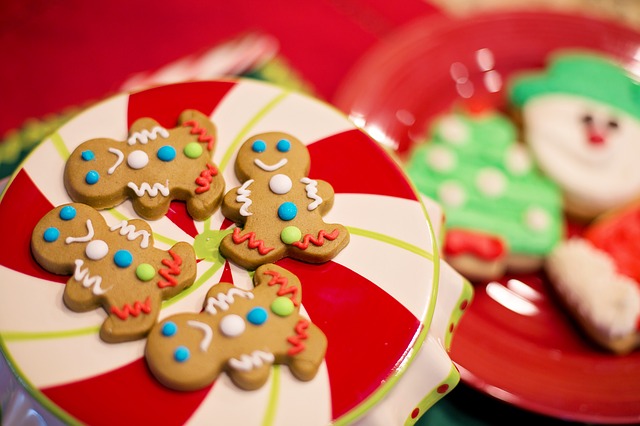
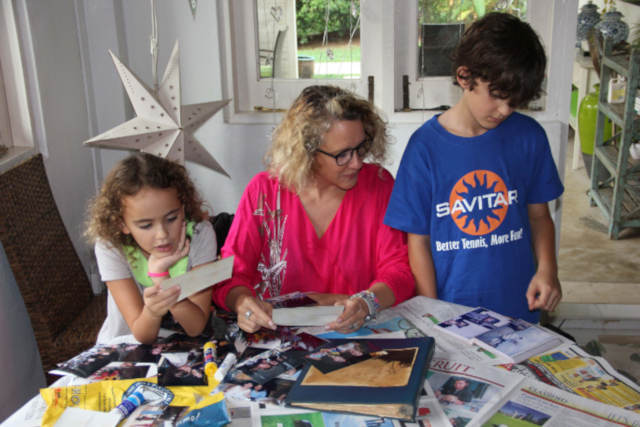
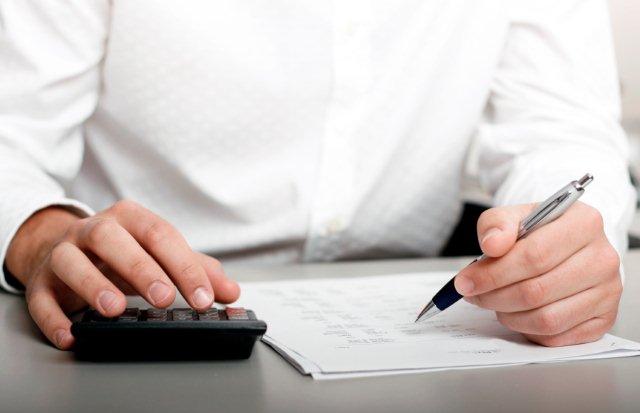

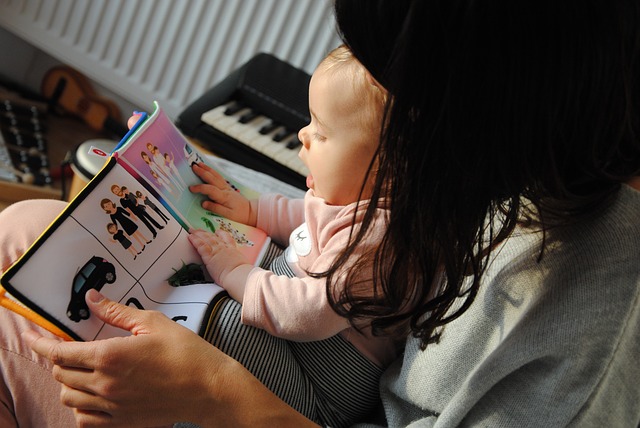

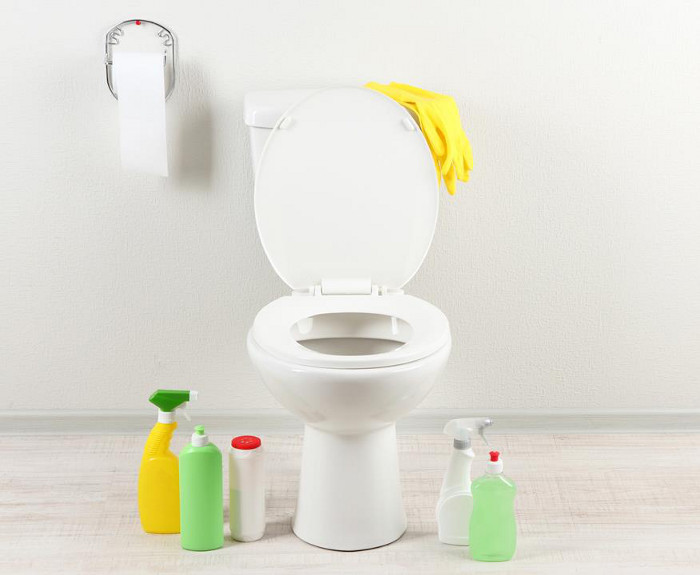










Leave a Comment: